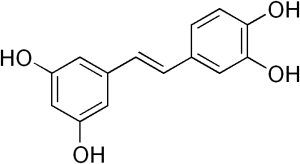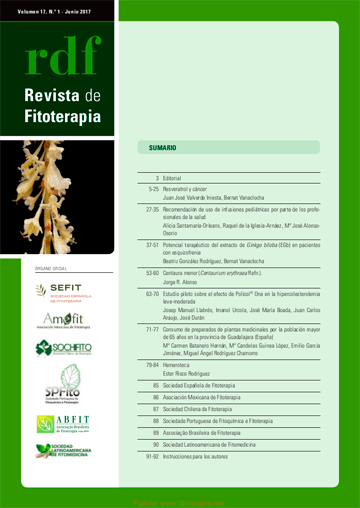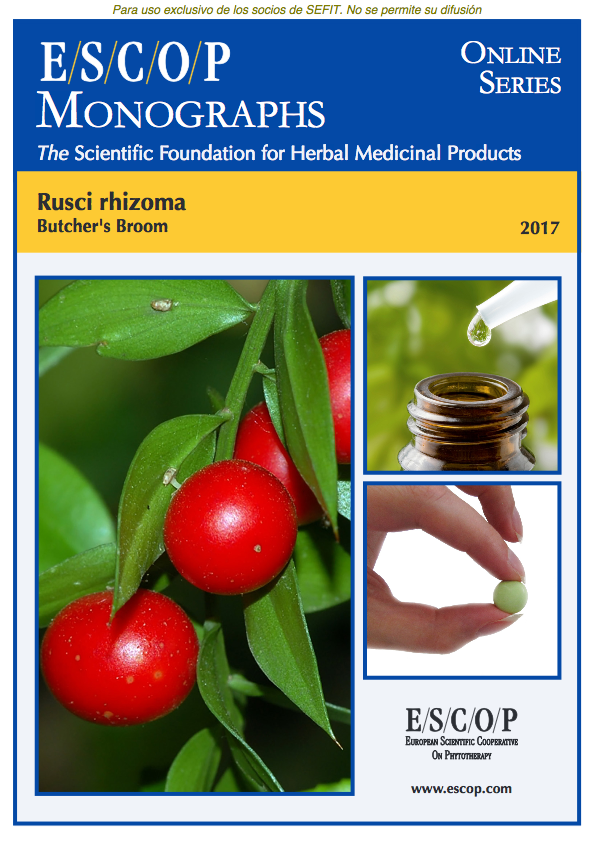María Pilar Garcia-Sobreviela 1, María Angeles Alava 2, Hector Pejenaute 1, José M. Arbones-Mainar 1, 3 *
1 Adipocyte and Fat Biology Laboratory (AdipoFat). Unidad de Investigación Traslacional, Hospital Universitario Miguel Servet, Instituto de Investigación Sanitaria (IIS) Aragón, Zaragoza
2 Departamento de Bioquímica y Biología Molecular y Celular, Facultad de Ciencias, Universidad de Zaragoza.
3 CIBEROBN
* on behalf of the POLYFrEsNOL research group.

Piceatanol
Background
Obesity is defined by excess adipose mass and oxidative stress has been positively associated with fat accumulation. Recent studies have shown the beneficial role of dietary antioxidants, such as polyphenols, in the prevention of obesity and obesity-related chronic diseases. Piceatannol, a natural phenolic compound, is an analog and a metabolite of resveratrol. It can be found in berries, passion fruit seeds, peanuts, grapes, red wine, and white tea.
Objectives and methods
Here, we investigated the function of piceatannol in adipogenesis in vitro using 3T3-L1 cells and adipocytes derived from human mesenchymal stem (hMSC) cells.
Results
We show that piceatannol reduces adipogenesis and lipid accumulation in hMSC, extending previous observations of the anti-adipogenic properties of piceatannol in 3T3-L1 adipocytes into human adipocytes. Piceatannol induces desensitization to the glucose-uptake effect of insulin, inhibits de novo lipogenesis in human adipocytes and decreases neutral lipid classes in 3T3-L1 cells. Interestingly this anti-lipogenic effect was reverted in 3T3-L1 adipocytes when treated with the oxidative H2O2. The observed reduced lipid content and impaired adipogenesis can be explained, at least partially, because i) piceatannol displays, like resveratrol, radical scavenging activities in vitro and ii) there is metabolic shift in the fatty acid profile of the adipocytes towards an increased production of w-7 fatty acid species of known anti-adipogenic properties.
Conclusion
Our results indicate that piceatannol may alter human adipocyte differentiation and enlargement and thus may have applications for the treatment of obesity.
Comunicación presentada en el 8º Congreso de Fitoterapia de SEFIT, Zaragoza 2015


